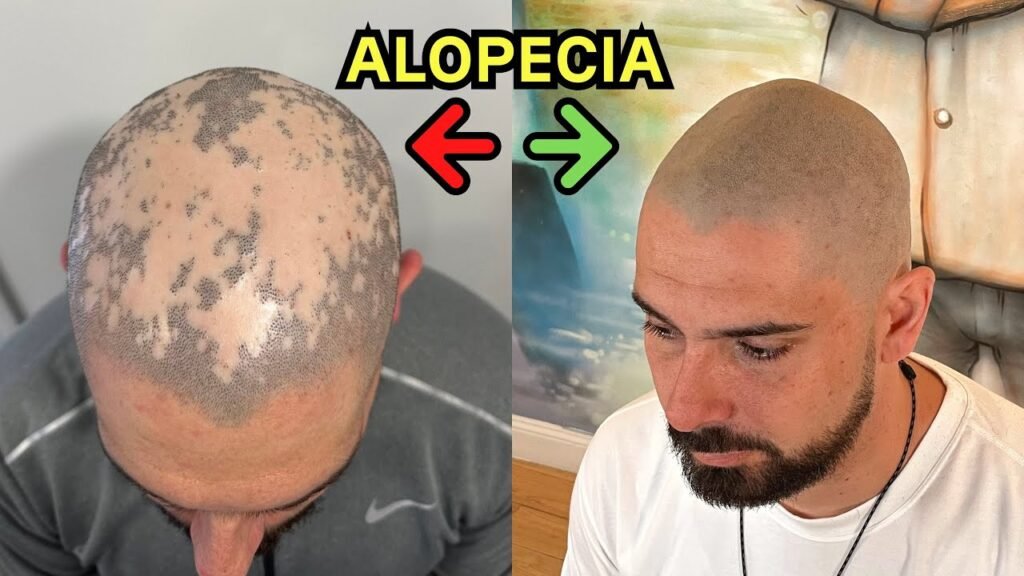Alopecia Treatment for Men by Dr. Bansal
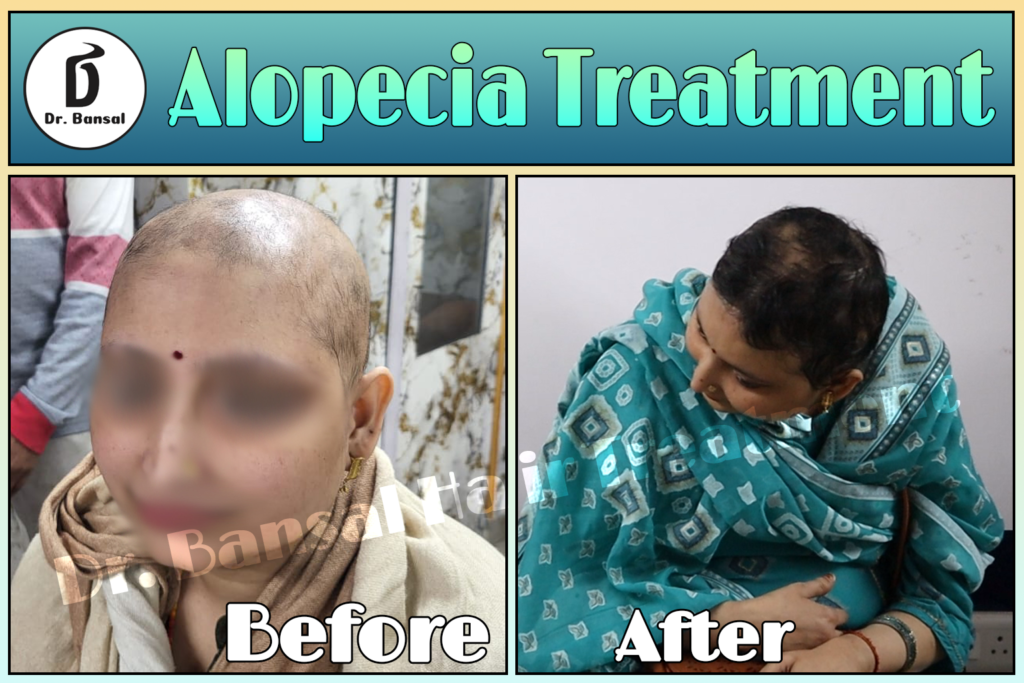
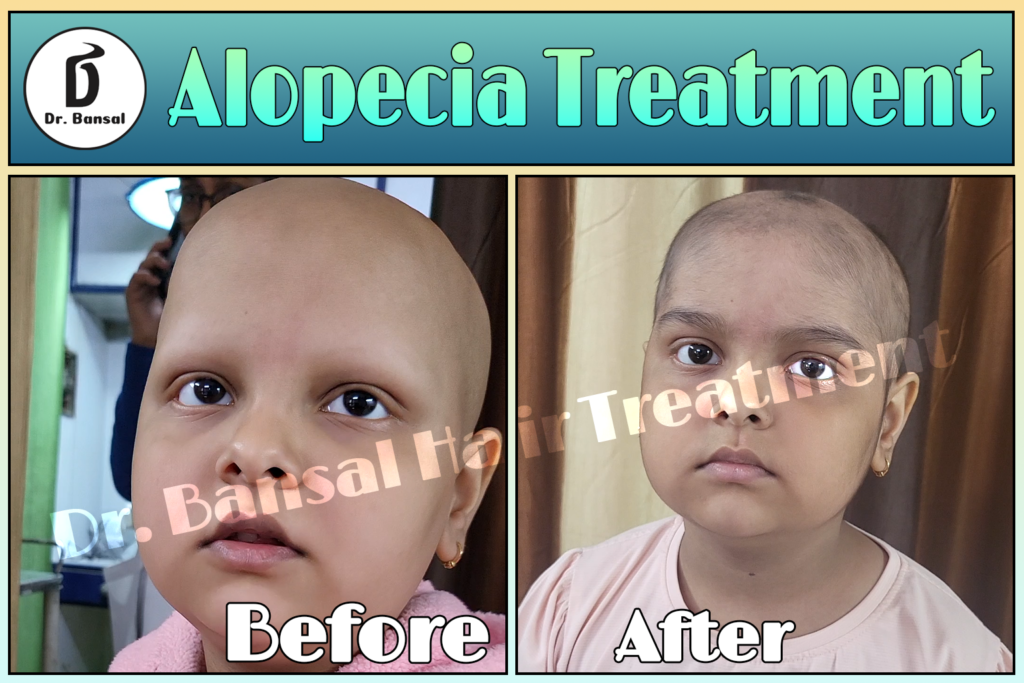
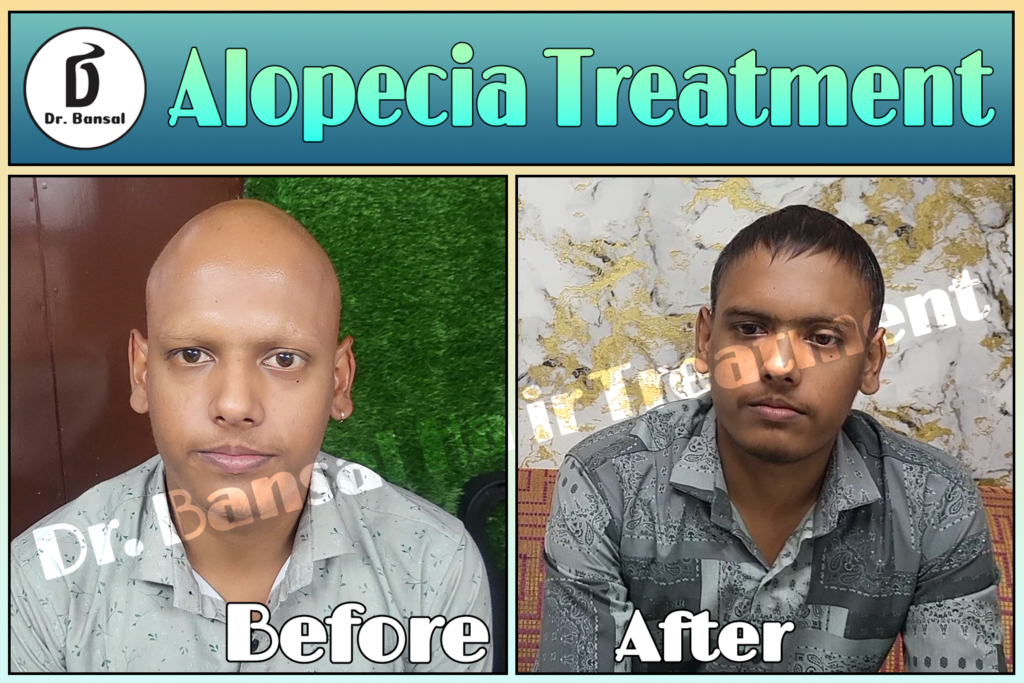
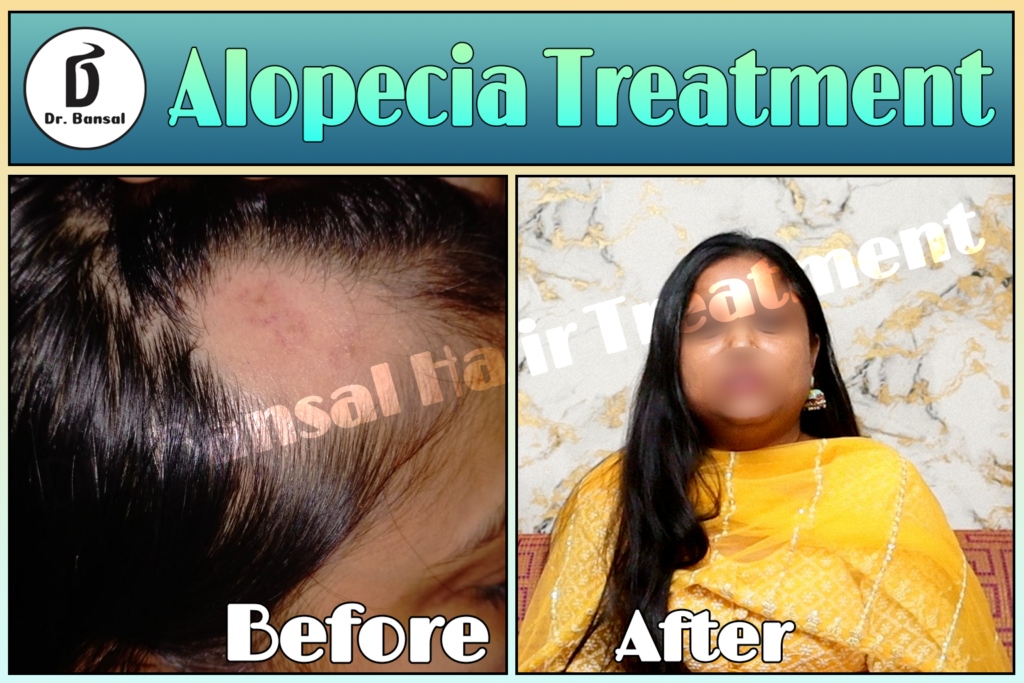
Alopecia, commonly referred to as hair loss, is a condition that affects millions of men worldwide. While the experience of hair loss can vary greatly from one individual to another, the psychological impact can be profound. For many, hair is closely tied to identity and self-esteem. Dr. Bansal, a renowned dermatologist with years of experience, specializes in the treatment of alopecia in men. In this comprehensive article, we will delve deep into the various types of alopecia, the treatments available, and how Dr. Bansal’s unique approach can help restore confidence in those affected by this condition. Alopecia Treatment for Men
Thank you for reading this post, don't forget to subscribe!Understanding Alopecia
Alopecia comes in various forms, with androgenetic alopecia (male pattern baldness) being the most common. Alopecia Treatment for Men This hereditary condition occurs when hair follicles become sensitive to dihydrotestosterone (DHT), leading to the gradual thinning of hair on the scalp. Other types of alopecia include:
- Alopecia Areata: An autoimmune disorder that causes patchy hair loss. Alopecia Treatment for Men
- Alopecia Totalis: A more severe form of alopecia areata resulting in total loss of hair on the scalp.
- Alopecia Universalis: A total loss of hair on the entire body.
- Telogen Effluvium: A temporary condition often triggered by stress, illness, or hormonal changes, leading to diffuse hair shedding.
Dr. Bansal’s Approach to Alopecia Treatment
Dr. Bansal takes a holistic approach to treating alopecia in men. Alopecia Treatment for Men His methodology encompasses a thorough diagnosis, personalized treatment plans, and continuous support for patients throughout their hair restoration journey.
Consultation and Diagnosis
The first step in Dr. Bansal’s treatment protocol involves a detailed consultation. During this session, he discusses the patient’s medical history, family history of hair loss, and lifestyle factors that may contribute to the condition. Alopecia Treatment for Men Dr. Bansal employs various diagnostic tools, including:
- Scalp Examination: Analyzing the condition of the scalp and hair follicles.
- Blood Tests: Checking hormone levels, iron levels, and other potential factors influencing hair loss.
- Trichoscopy: A non-invasive procedure that examines the hair and scalp under a microscope to assess hair density and identify any underlying issues.
This thorough evaluation allows Dr. Bansal to identify the root cause of hair loss and tailor a treatment plan accordingly. Alopecia Treatment for Men
Treatment Options
Dr. Bansal offers a variety of treatment options for men experiencing alopecia. The specific approach depends on several factors, including the type of alopecia, severity, and patient preferences. Alopecia Treatment for Men
1. Topical Treatments
Topical solutions are often the first line of defense in treating androgenetic alopecia and other forms of hair loss. Dr. Bansal commonly recommends:
- Minoxidil: A topical solution that stimulates hair growth and is FDA-approved for treating male pattern baldness. Patients typically apply minoxidil twice daily to the affected areas. Though results vary, many men experience visible hair regrowth after several months of consistent use.
- Clobetasol: A potent corticosteroid used in cases where alopecia areata is diagnosed. It can reduce inflammation and promote hair regrowth in affected areas.
2. Oral Medications
For patients seeking a more comprehensive approach, Dr. Bansal may prescribe oral medications, such as:
- Finasteride: An oral prescription drug that inhibits the conversion of testosterone to DHT. By reducing DHT levels in the scalp, finasteride can slow hair loss and promote regrowth. It’s important for patients to understand that this medication may take several months to show results, and ongoing usage is necessary to maintain effects.
- Corticosteroids: In cases of alopecia areata, corticosteroids may be prescribed to suppress the immune response attacking hair follicles.
3. Platelet-Rich Plasma (PRP) Therapy
Dr. Bansal is a proponent of PRP therapy as a progressive treatment for hair loss. Alopecia Treatment for Men This innovative process involves:
- Drawing a small amount of the patient’s blood.
- Processing it to concentrate the platelets.
- Injecting the PRP directly into the scalp in areas of thinning or balding.
The growth factors in PRP can improve hair thickness, promote regrowth, and enhance overall scalp health. Many patients report noticeable improvements in hair density after 3-6 sessions, spaced about a month apart. Alopecia Treatment for Men
4. Hair Transplant Surgery
For men experiencing significant hair loss, Dr. Bansal may recommend hair transplant surgery. He offers two main techniques:
- Follicular Unit Extraction (FUE): This minimally invasive procedure involves extracting individual hair follicles from a donor site (usually the back of the scalp) and transplanting them into thinning or balding areas. The advantage of FUE is that it leaves minimal scarring and allows for quicker recovery.
- Follicular Unit Transplantation (FUT): In this method, a strip of scalp is removed from the donor site and dissected into individual follicular units. While FUT may yield larger numbers of grafts, it leaves a linear scar and may require a longer recovery time.
Dr. Bansal collaborates closely with his patients to determine the most suitable technique based on their individual needs and goals. Alopecia Treatment for Men
5. Lifestyle and Dietary Modifications
Dr. Bansal believes that treating alopecia extends beyond medical interventions. He often discusses the importance of lifestyle and dietary modifications in promoting hair health. Recommended changes may include:
- Balanced Diet: Consuming a diet rich in vitamins and minerals, particularly biotin, zinc, and iron, can support healthy hair growth.
- Stress Management: Stress can exacerbate certain types of hair loss, so integrating mindfulness techniques or exercise can be helpful. Alopecia Treatment for Men
- Avoiding Harmful Products: Recommending the use of gentle shampoos, conditioners, and avoiding excessive heat or harsh chemical treatments on hair.
Case Studies: Success Stories
Dr. Bansal has successfully helped numerous men reclaim their hair and confidence. Here are a few notable case studies:
Case Study 1: John, 34
Condition: Androgenetic alopecia
Treatment: After an extensive consultation, Dr. Bansal prescribed a combination of minoxidil and finasteride. Additionally, John underwent PRP therapy over a six-month period.
Results: John experienced significant hair regrowth, particularly in the crown area. Alopecia Treatment for Men He reported a marked improvement in self-esteem and confidence.
Case Study 2: Rahul, 28
Condition: Alopecia areata
Treatment: Dr. Bansal initiated treatment with topical clobetasol, followed by a series of corticosteroid injections.
Results: After three months, Alex saw a noticeable regrowth of hair in the patches affected by alopecia areata. He continued regular follow-ups to monitor his condition.
Case Study 3: Deepak, 45
Condition: Significant male pattern baldness
Treatment: After discussing options, Mark opted for a hair transplant using the FUE method.
Results: Six months post-surgery, Mark achieved natural-looking results with a fuller hairline, significantly enhancing his overall appearance.
Conclusion
Alopecia can be a challenging condition for men, yet with the right approach and expert guidance, restoration of hair and confidence is possible. Dr. Bansal’s commitment to personalized treatment plans, incorporating the latest medical advancements, allows for effective management of various types of alopecia.
If you or someone you know is struggling with hair loss, scheduling a consultation with Dr. Bansal may be the first step towards regaining that lost confidence. With a combination of medical treatment, innovative therapies, and lifestyle enhancements, a head full of hair—and the confidence that comes with it—can be within reach.

